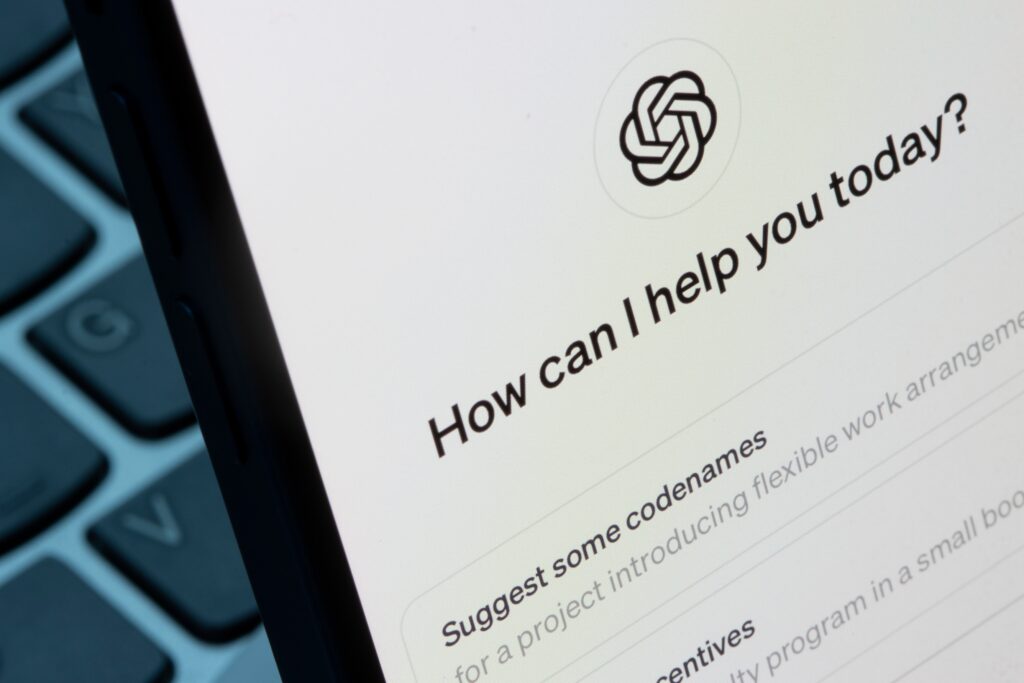If you’re studying in Australia, you’ve probably noticed how big a role Artificial Intelligence (AI) is starting to play in education. For international students, tools like ChatGPT can be incredibly tempting to lean on, especially when you’re facing language barriers or just the everyday pressure to perform well in your courses.
While AI can offer support, it’s important to handle it with care. Relying too much on AI could affect not only your academic honesty but also the true value of the degree you’re working hard to earn.
Let’s take a look at how you can integrate AI into your studies responsibly, ensuring it helps rather than harms your educational journey.
Can universities detect AI use?
Yes, universities are increasingly capable of detecting AI-generated content. As AI tools have become more common, institutions have adopted sophisticated software like Turnitin’s AI plagiarism checker, which can identify AI-generated text with high accuracy.
It’s important to understand that while AI can be a great help in your studies, any attempt to pass off AI-generated work as your own is likely to be detected. This could lead to academic penalties, so always use AI responsibly and in accordance with university guidelines. Getting caught cheating might not just mess with your grades—it could also potentially put your visa status at risk.
Do: Check your university’s AI policy
As universities update their guidelines to include AI usage, staying informed ensures you comply with current standards and avoid academic penalties.
For example, at Monash University, the Chief Examiners specify how AI can be used in coursework, requiring that its use be responsible, documented, and acknowledged.
Make sure to check not only your university’s general academic policies but also the specific guidelines for each of your courses, as they can differ. This will help you understand what is permissible and how AI can be used in your coursework and assessments.
Don’t: Use AI to complete entire assignments
Even if using AI is permitted in your assignments, you should avoid submitting work that’s largely generated by AI. Universities expect your submissions to demonstrate your own understanding and original thinking.
While it might be tempting to rely on AI, especially with looming deadlines, remember that submitting an AI-generated assignment can lead to serious academic consequences if detected. Plus, you’ll miss out on actually learning the material yourself!
Do: Leverage AI to enhance learning and research
AI, like ChatGPT, can be a brilliant starting point for your research. It can suggest a wealth of resources—from academic journals to key books—saving you precious time and giving you a strong starting point for deeper exploration.
Ask AI for the best resources on a topic, then dive into these materials yourself.
Example prompt: “Can you recommend some authoritative sources on climate change impacts in the Arctic, including recent journal articles and key researchers in this field?”
Don’t: Blindly trust AI without fact-checking
AI might generate plausible-sounding but entirely fictional references and data. Trusting it blindly could lead you to base your academic work on false information.
Treat AI suggestions with a healthy dose of scepticism. Double-check any facts, data, or references it provides using verified sources.
Do: Use AI for brainstorming and proofreading
Universities such as Flinders University and the University of Adelaide allow students to use AI as a brainstorming tool. It can also help refine your drafts by checking grammar, suggesting better phrasing, and improving readability—much like a digital peer review.
Use AI to kickstart your thinking and help polish your final piece. Remember, the critical thinking and argument construction should always be your own.
Example prompts: “Can you help brainstorm some potential angles for an essay on the ethical implications of AI in healthcare?” or “Could you review this draft for clarity and grammatical accuracy?”
Don’t: Underestimate the importance of your own voice
Authenticity in your writing helps develop your unique perspective, a skill valued highly by educators and future employers alike.
Resist the temptation to let AI shape your academic voice. Use it as a tool for support, not as the creator of your content.
Do: Cite any AI assistance
Transparency about using AI tools is not just about avoiding plagiarism—it’s about maintaining academic integrity. Citing AI help also shows you’re ethical and thorough in your academic work.
When citing AI assistance, it’s important to remember that specific citation styles might vary based on university guidelines. Following the University of Queensland’s approach, you would treat AI interactions similarly to how you would cite personal communications. Here’s how you could format such a citation:
Example citation: ChatGPT, OpenAI, conversation on the ethical implications of artificial intelligence, https://chat.openai.com/, 14 August 2024.
Remember, AI is a tool to enhance your studies, not replace your efforts. Stay updated on your university’s AI policies, use AI to supplement your research and drafts, but always let your own voice and insights lead the way. Stay on this track, and you’ll make AI work for you, not against you!





